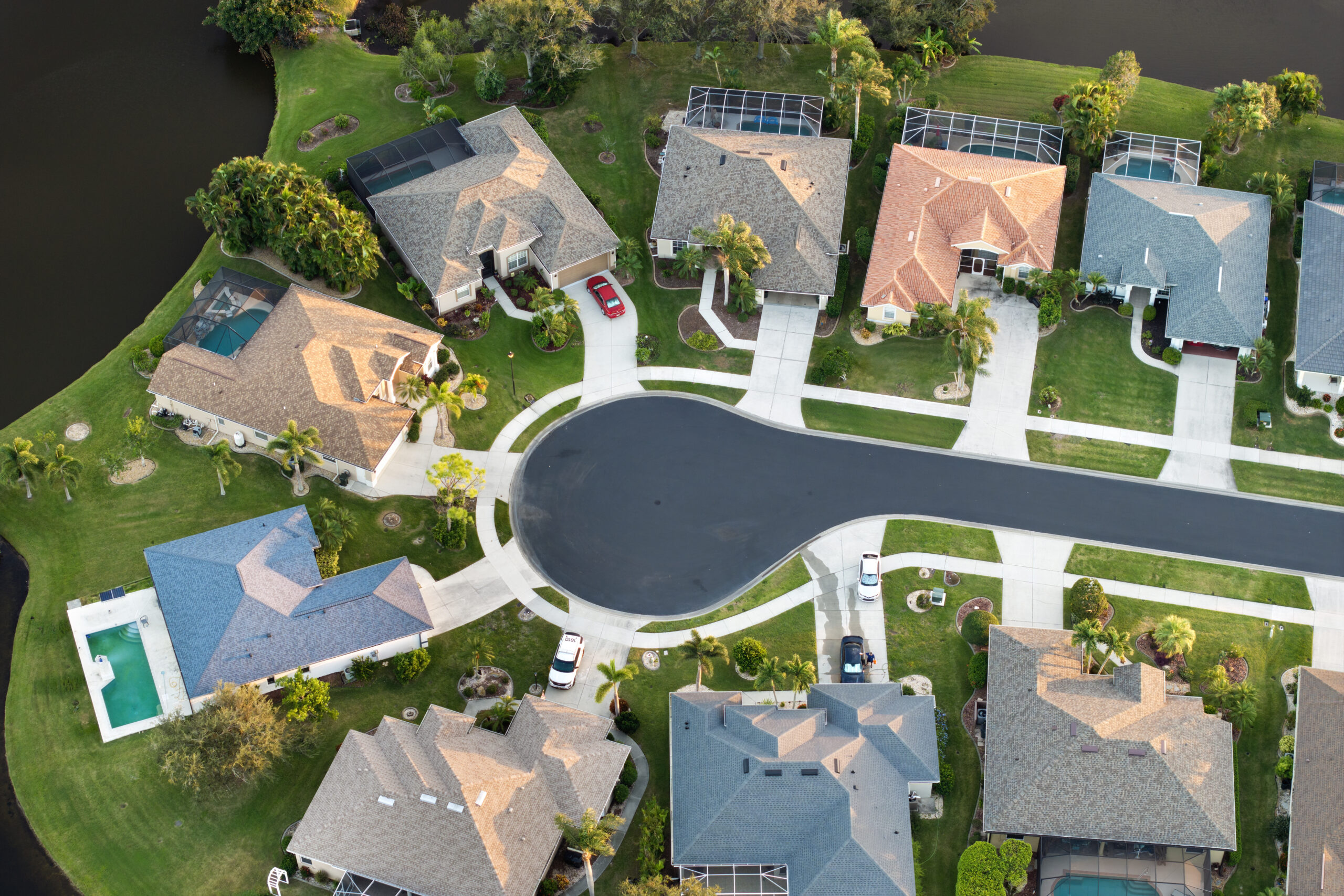How Florida Heat and Humidity Damage Your Roof (And How to Fight Back)
Living in Orlando, Florida, has its perks—sunshine, warm weather, and palm trees. But all that sunshine and humidity? It’s taking a silent toll on your roof. Florida roof heat damage and humid climate roof problems are real concerns for homeowners across the state, and they often go unnoticed until costly repairs are needed.
Let’s break down how the Florida climate affects your roof and what you can do to protect your home—starting today.
☀️ Florida Roof Surfaces Can Reach 150°F in Summer
The sun in Florida is relentless. During the hottest months, the surface of your roof can reach over 150°F. That extreme heat causes roofing materials—especially asphalt shingles—to expand and contract, eventually leading to cracks, curling, and breakdown of protective layers. Metal roofs can also warp without proper installation or ventilation.
Constant heat stress = faster aging. Your 30-year roof might last half that long under Florida’s intense sun.
🔥 UV Rays Degrade Shingles, Sealants, and Flashing
Ultraviolet (UV) rays don’t just fade your roof—they actually break down the chemical bonds in shingles and sealants. Over time, this causes:
- Granule loss in asphalt shingles (which protect against water and heat)
- Dried-out flashing that can crack and leak
- Weakened adhesives around vents, chimneys, and skylights
If your roof looks dull, brittle, or patchy, UV damage may already be at work.
💧 Algae, Moisture & Those Ugly Black Streaks
Ever noticed dark streaks on Florida roofs? That’s not dirt—it’s algae, specifically Gloeocapsa magma, a common invader in humid climates like Orlando. Algae feeds on the limestone filler in shingles, deteriorating their structure over time.
Excess moisture from our year-round humidity also leads to:
- Black streaks
- Mildew patches
- And eventually, water retention in the underlayment
These signs are more than cosmetic—they’re warnings.
🌬️ Mold, Rot & Poor Attic Ventilation
When a roof is constantly exposed to heat and moisture, mold and wood rot aren’t far behind—especially if your attic isn’t ventilated properly. Poor airflow traps hot, moist air inside your attic, raising your energy bills and weakening your roof’s structure.
Unchecked, this can lead to:
- Musty odors indoors
- Poor indoor air quality
- Structural wood rot
✅ What You Can Do to Protect Your Florida Roof
Don’t wait for visible damage. Here’s how to stay ahead:
- Use algae-resistant shingles to keep your roof clean and protected
- Install attic fans or ridge vents to regulate airflow and reduce heat buildup
- Apply roof coatings to reflect UV rays and extend your roof’s lifespan
- Choose energy-efficient, light-colored materials to minimize heat absorption
Not sure how your roof is holding up against Florida heat?
Book your free roof health check with The Best Roofs today. Our local experts know exactly what Florida roofs go through—and how to fight back.

